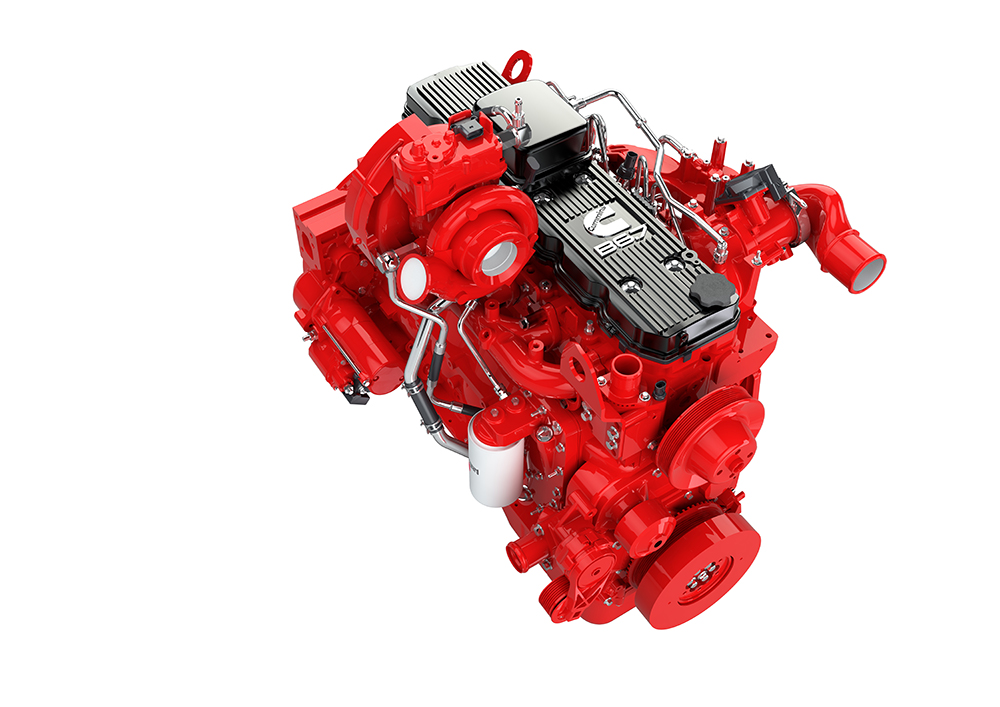
Cummins’ ultra-clean Stage V Performance Series-branded engines are proving popular with quarrying customers globally, partly thanks to their impressive power and torque gains compared to their Tier 4 Final predecessors. The 3.8-12-litre displacement, 75-382kW EGR- (exhaust gas recirculation) free units deliver strong solutions for material-handling applications with class-leading levels of power and torque. The F3.8, B4.5, B6.7 and L9 Performance Series range delivers up to 33%, 16%, 5% and 8% more power, respectively. Peak torque improvements are also eye-catching across the quartet – F3.8 (+27%), B4.5 (+11%), B6.7 (+33%) and L9 (+13%). Cummins Performance Series power units represent a simple drop-in solution for key applications such as crushers, screeners, drills, concrete pumps and air compressors.

During a recent visit by Aggregates Business to Cummins’ key Darlington engine plant in North-East England, Steve Nendick, Cummins marketing communications director, explained that the Performance Series has been designed to offer better performance through higher power density, higher reliability and availability, a more compact and lighter engine package, average 10% higher power and 20% more torque, and the potential for engine downsizing.
When you add in lower installation costs, higher fuel efficiency, extended maintenance intervals, and Cummins Connectivity enabling faster response times, the Performance Series engines also offer, notes Nendick, reduced total cost of ownership (TCO).
Another advantage of Cummins Performance Series engines is their commonality as a global engine platform. They have the same base engine for all emission stages, offer common installation for domestic and export businesses, flexibility on export orders, and high sulphur tolerance of up to 5,000ppm (parts per million) without aftertreatment.
B Series engines, including the B6.7, make up two-thirds of all Cummins’ engine sales globally. Now in its fourth decade of continuous improvement, the B6.7 for 2019 features the previously mentioned EGR-free design. The EGR-free architecture reduces complexity, improves reliability and reduces the cooling system space claim. Multiple component options allow for easier installation and maintenance. These include a choice of front- or rear-sump oil pan locations, on-engine or remote-mounted options for ECM and maintenance filters, the option of Rear Engine or Front Engine Power Take-Offs, plus your choice of four turbocharger orientations; high-mount front and rear, or low-mount front and rear.
The Single Module aftertreatment system combines DPF (diesel particulate filter), SCR (selective catalytic reduction) and urea dosing in one unit which takes up 40% less space and weighs 20% less than the prior system.
Moving forward, B6.7 owners will also be able to benefit from Cummins Connected Diagnostics, remote monitoring technology that wirelessly connects the user’s engine to Cummins experts for analysis and recommended action the moment a fault code is generated on machinery equipped with a telematics system.
In a presentation to Aggregates Business, Nendick highlighted how the NOx (nitrous oxide) and PM (particulate matter) content in EU Stage V off-highway engines had been reduced by 96% and 97% respectively compared to their Stage I counterparts of 20 years ago. In fact, the actual PM reduction is even higher when factoring in count measurement. Each PM has a diameter ranging from 2.5µm (combustion particles, organic compounds or metals) to 10µm (dust, pollen or mould), considerably less than just one human hair (50-70µm) and fine beach sand (90µm). As Nendick points out, this has led to Cummins and other global market off-highway engine manufacturers needing to invest heavily in state-of-the-art PM- and NOx-measuring technology.
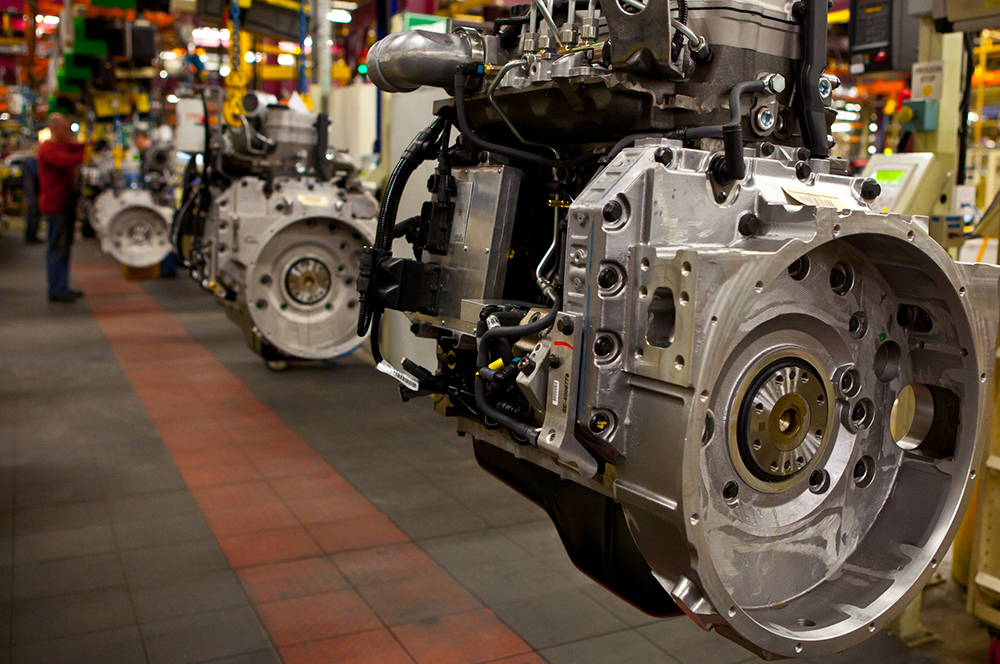
Given the huge progress in reducing off-highway engine emissions and Cummins ongoing dialogue with EU sources, Nendick thinks it unlikely that any Stage VI emissions regulations will be introduced for some time yet. He does, though, think there is the potential for off-road equipment to follow the on-road Euro 6 PEMS- (portable emissions measurement system) testing process. This ensures that the engines remain within the specified emission limits for their “useful life” of seven years. It would be used to test emissions of off-highway engines during job site applications.
Cummins off-highway engines sector sales were worth US$2bn in 2018 – with 145,000 engines sold to more than 1,000 original equipment manufacturers (OEMs), powering applications on every continent. The U.S.-headquartered engine maker, celebrating its 100th birthday this year, has strong relationships with off-highway OEMs including Sandvik, Terex, Komatsu, Doosan, Hyundai, JCB, Wirtgen Group, Atlas Copco SANY and LiuGong.
In October 2019, Cummins signed a strategic cooperation agreement with XCMG, a major Chinese construction, quarrying and mining machinery manufacturer. The two companies will work closely on developing and integrating comprehensive product lines, while exploring new markets and sharing resources in the construction industry, ensuring continuous global R&D (research and development) improvement.
Cummins is investing heavily in developing future powertrains to help manufacturers define the best power source for their equipment, whether diesel, natural gas, hybrid electric, battery electric or fuel cell. This has led to five key acquisitions or partnerships being agreed since autumn 2017. In October 2017, Cummins acquired North America-based Brammo, a primarily low-voltage battery designer. This was followed by Cummins’ January 2018 acquisition of Johnson Matthey Battery Systems, a UK-based mainly high-voltage battery designer, the July 2018 acquisition of Silicon Valley-U.S.-based Efficient Drivetrain Inc. (EDI), a fully-electric and hybrid powertrain provider, and the September 2019 acquisition of Hydrogenics, a Canadian hydrogen and fuel-cell technology supplier. Finally, in September this year Cummins signed a partnership deal with Hyundai Motor Company to collaborate on hydrogen fuel-cell technology, initially focusing on the on-highway engine sector.
At the world’s biggest construction, quarrying and mining equipment exhibition next year – CONEXPO-CON/AGG 2020 in Las Vegas, U.S. (10-14 March) – Cummins and EDI expect to showcase a diesel-electric hybrid service truck for the future worksite. The hybrid service truck will follow on from Cummins’ prototype-engine electric-mini excavator showcased at bauma 2019 in Munich, Germany. During the exhibition the 3.2-tonne prototype had eight BM4.4E modules connected in series, providing total energy of 35kWh. This is designed to suffice for a full work shift and to be capable of being recharged in three hours.
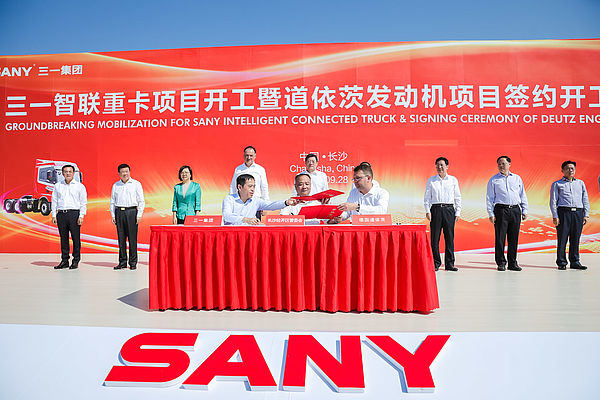
Mounted near the base of the excavator, the Cummins-designed and built battery modules use Li-ion technology to achieve a higher energy density, together with proprietary control technology to maintain the battery state-of-charge for a longer zero-emission operating time.
Nendick says no firm launch date has been scheduled for the mini excavator, with its zero emissions making it particularly suited to urban sites.
Cummins’ £20mn-plus (€23.4mn) Darlington hot-test replacement and facility master-plan upgrade was nearing completion when Aggregates Business visited in mid-November, with all works due to be finished in Q1 2020. Cummins engines produced at Darlington range from 3.8-8-litres and 56kW-320kW. It includes the F3.8, B3.9, B4.5, F4.5, B5.9, B6.7, C8.3 and L8.9. The QSM11 Marine Up-fit and on- and off-highway aftertreatment solutions are also made on-site. The Darlington engine plant currently builds 300 engines a day – and is on course to produce more engines this year than the 67,000 made in 2018. The aftermath of the global financial crisis of 2007-2008 hit hard at the Darlington site with only 31,000 engines produced in 2009 compared to 78,000 in 2008. Last year’s production volume was the biggest at Darlington since 2008. Two-thirds (66%) of Cummins Darlington’s annual engine output is for construction customers.
Germany-headquartered DEUTZ, one of the world’s leading manufacturers of off-highway machine diesel engines and innovative drive systems, and joint venture partner SANY are busy building a new high-performance engine production facility in Changsha in Hunan province, south-central China. Following the establishment of the joint venture in June 2019, representatives of both companies signed an agreement with Hunan provincial government officials during a September 2019 foundation stone-laying ceremony for the new factory site. The Hunan government is contributing several tens of millions of US dollars towards the cost of the project.
The joint venture between DEUTZ and SANY, China’s biggest off-highway machine maker, is part of SANY’s intelligent heavy-truck project, a big-ticket project within the framework of SANY’s digitalisation strategy. In addition to various off-road applications, DEUTZ is also taking over the manufacture of heavy-truck engines for SANY. Initially, the plan is to supply SANY with around 75,000 new engines for off- and on-road applications in 2022. These engines will comply with the China IV and China 6 emissions standards and will be built at the new plant, not far from SANY’s headquarters in Changsha.
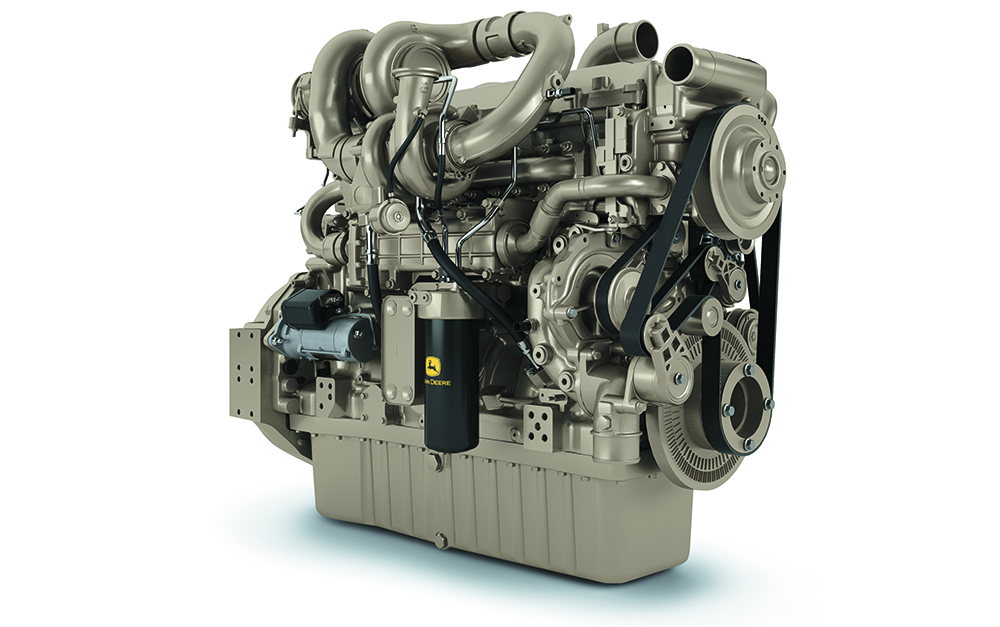
DEUTZ recently announced that it had recorded further growth in revenue and earnings in the first nine months of 2019. Group revenue grew by 6.4% to €1.379.9 billion. The Material-Handling application segment performed particularly strongly, delivering double-digit revenue growth of 11.3%.
DEUTZ sold a total of 155,780 engines in the first nine months of this year, meaning the group’s overall unit sales were close to the level of the prior-year period.
“Despite a general slowdown in market growth, we saw revenue advance in all regions and major application segments and also demonstrated our operational strength by delivering a high double-digit percentage increase in earnings,” said Dr. Frank Hiller, CEO of the Germany-headquartered DEUTZ Group.
As well as remarking on the importance of establishing the DEUTZ-SANY Changsha factory, Hiller also stressed the significance of DEUTZ’s recent addition of high-voltage battery technology as a key component of its E-DEUTZ strategy via the acquisition of battery specialist Futavis. “This is taking us another big step closer to a future of carbon-neutral off-highway vehicles,” he emphasised.
John Deere says that its innovative diesel-electric drive technology for wheeled loaders is now very well-proven. By early 2019, the firm had clocked over one million operating hours with its novel drive system as fitted to its 644K and 944K wheeled loaders. John Deere Power Systems now says it can leverage its expertise to help OEMs adopt electric drivetrain components.
While off-highway equipment manufacturers continue to research hybrid and electrification solutions, the demands of the end customer for reliability and productivity continue to increase. According to JDPS, it now has technologies to reduce emissions, improve fuel economy, and boost machine performance and reliability.
The OEM electrification approach of JDPS can offer integrated solutions that address the interfaces between the electrical generator and/or motors, power electronics, and mechanical interfaces.

Meanwhile the firm also claims Stage V compliance for key models in its engine range. This includes its variable-speed engine families below 56kW and above 130kW as well as its constant-speed engine families. The Industrial Stage V line-up from John Deere now offers ratings from 36kW to more than 500 kW, with displacements of 2.9litres up to the new 13.6litre unit.
Key features are said to include increased uptime and low operating costs. The firm’s new Stage V aftertreatment technologies are said to be optimised for flexible integration.
Andreas Viktorsson, Volvo Penta chief project manager for Stage V, has explained how the company has managed to increase uptime in its latest D5 to D13 off-road engines by minimising active regeneration.
“We know that downtime is a disadvantage for our end customers. The Stage V emissions legislation requires engines to have a diesel particulate filter (DPF), which captures and stores soot. This soot needs to be burned off periodically to regenerate the DPF and typically this is done while the machine is at a standstill (active regeneration). But who wants to keep having to put their machine aside for this process, where it is not working and earning?
“In developing our new range of Stage V off-road engines, our vision has been ‘Regeneration Zero’. We have put this challenge at the forefront of our minds and sought to minimize the need for active regeneration as much as possible. This is to keep our end customers’ machines operational and profitable.
“From a strict technical point of view there will always be a need for at least some active regeneration if the engine is not loaded. However, we have really challenged ourselves to examine this and reduce it to an absolute minimum. We have seen really good results in the field tests of our new engines. When the engines stop for regeneration, it is often caused by running the engine for extensive periods of time in idle.”
Commenting on Volvo Penta’s success in avoiding stand-still regeneration, Viktorsson said: “Testing, testing and more testing. We initiated heavy testing to address the issue of regeneration and part of this involves deliberately installing unsuitable engines in some machines to stress the system and find problems for us to address. We have left no stones unturned in the process.”
Looking at how Volvo Penta approached ‘Regeneration Zero’ from a technical perspective, Viktorsson said that the off-highway engine maker’s aim was to achieve synergies between the base engine and the aftertreatment system so that all the features of the engine and software work together to minimise the need for active regeneration.
“For our Stage V off-road platform we have developed the engine and aftertreatment system hand in hand, and it has been an ongoing optimisation project for all engines in the range, which share a common architecture.
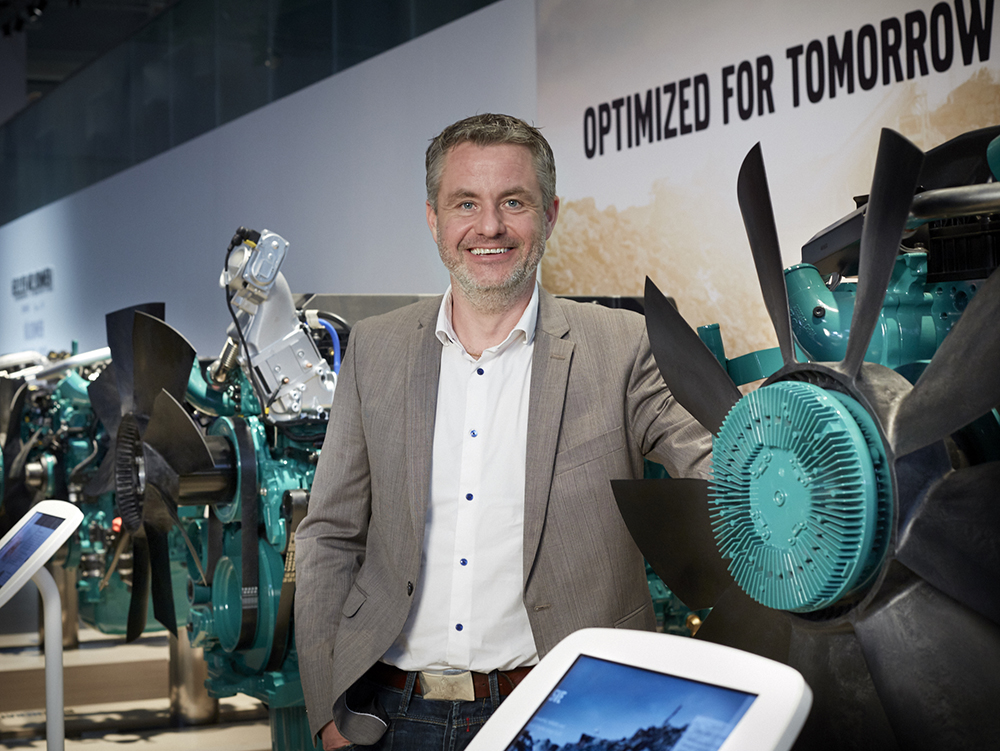
“For example, we have implemented new water pumps, new oil coolers, new piston rings and new thermostats – relatively minor changes all over the engine but combined they have made significant improvements. Connected to this design philosophy, we have also achieved impressive fuel efficiency figures, helping customers to save costs and the environment.”
Emphasising why he thinks a quarrying or other customer should choose a Stage V Volvo Penta engine for their off-road application, Viktorsson said: “Since 2014, with the launch of the Stage IV ranges, Volvo Penta has offered a specific off-road engine platform and it has been warmly welcomed by the market. Our off-road engines are tailor-made for applications in different segments, such as forestry, material-handling and construction applications, and we have managed to build a strong design solution with this bottom-up approach. We think about the customer and operator first and then create the best engine architecture with proven hardware – no new “off-the-shelf” solutions.
Finally, Viktorsson offered advice on how a customer can ensure they have as little active regeneration as possible from their engines.
“Having the right engine for the right application is important. We like to talk to both OEMs and operators to understand how their business works so that we can provide the right specification for minimal active regeneration, noise and fuel consumption. We want to be the strongest business partner possible for our customers, and that means letting us help them to drive profitability in their business.”













